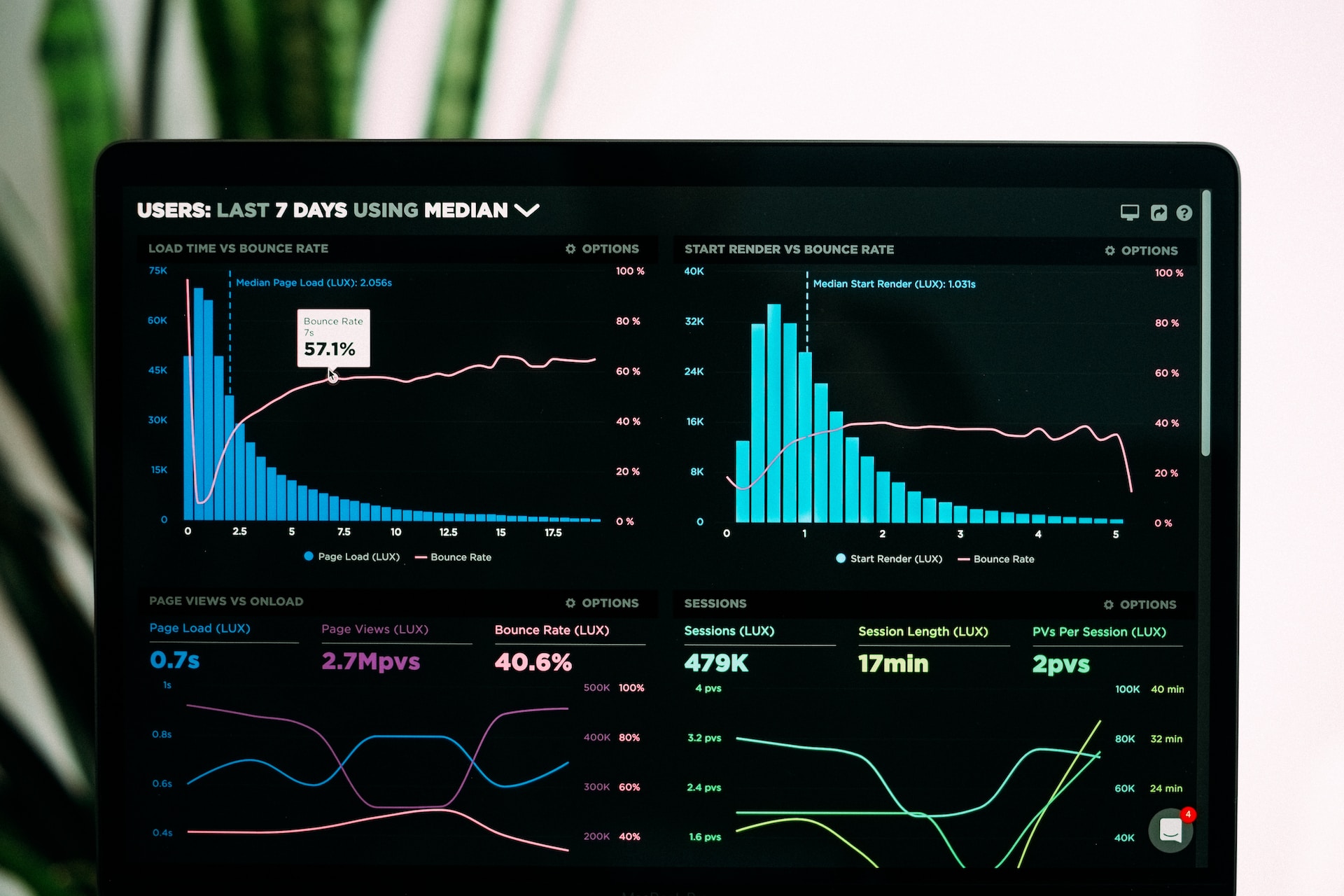As businesses become more data-driven, it’s essential to have a reliable way to manage the changes in your business data. Whether you’re dealing with customer records, inventory levels, or other types of information, having an effective strategy for managing changes is critical.
Here are some reasons why managing data changes is important and provides tips on how to do it effectively - the advantages of using automated tools and systems for tracking and logging data changes as well as methods for identifying potential problems before they occur. So read on for the best practices that can help ensure that your organization's processes remain up-to-date and efficient.
Metadata is data about data. It provides information about the source and format of a particular dataset, as well as details about when it was last updated or modified. Having access to this kind of metadata can help you track changes in your business data over time and determine whether any issues need to be addressed. So when you're adding or analyzing changes to your Salesforce metadata, you'll have the information you need to ensure accuracy and consistency. Additionally, having an understanding of your metadata is essential for creating backups and maintaining data integrity. For example, if you make changes to a particular database, you'll need to know what values were changed and when.
Automated tools and systems can help streamline the process of tracking data changes by logging every edit or modification that is made. This allows for easy monitoring of how your data is changing over time, as well as providing an audit trail should any issues arise. Additionally, automated systems can also be used to alert staff members when any changes are made so that those responsible can quickly address issues. Of course, the use of automated tools and systems should be accompanied by strict security protocols to ensure that any data changes made are legitimate.
Before making any changes to your business data, it's a good idea to test them out first. This will help you identify any potential issues before they occur and take steps to address them. Additionally, testing new changes allows you to evaluate their impact on existing processes and procedures so that you can make necessary adjustments or modifications if needed. Not only does this help ensure accuracy and consistency in your data, but it also gives you peace of mind knowing that everything is running as smoothly as possible. Of course, you should also be sure to document any changes that are made for future reference.
Quality assurance procedures should be implemented to ensure that any data changes are legitimate and accurate. This includes verifying the accuracy of new data, ensuring that it meets security requirements, testing it for compatibility with existing systems, and more. Additionally, quality assurance also involves monitoring changes over time to identify any potential problems before they become major issues. By implementing these procedures, you can help ensure that your organization's processes remain up-to-date and efficient.
Data visualization is a great way to quickly analyze changes in your business data. By using charts, graphs, and other visual tools, you can quickly identify trends or patterns in the data that may indicate potential problems. Additionally, having access to this kind of visual representation can help you make decisions about how to manage your data more effectively. Visualizing through charts or graphs can also make it easier to understand changes and track progress over time. While you're at it, don't forget to document any changes you make.
Having well-defined data governance policies ensures that all stakeholders are on the same page when it comes to managing information. These policies should include guidelines for creating and maintaining accurate records as well as procedures for verifying any changes that are made. Establishing these rules and regulations gives everyone an understanding of what is expected of them when it comes to managing data. Data governance also helps ensure that everyone is up-to-date on any changes that are made, reducing the potential for errors.
Data verification tools can help to ensure the accuracy of your business data by comparing existing records with new entries and checking for any inconsistencies. These tools can also be used to monitor changes over time and identify any potential errors or discrepancies before they become major issues. Additionally, having access to these types of tools helps to quickly detect and address any problems that may arise. While they may not be able to catch every error, these tools are a great way to streamline the process of ensuring data accuracy.
Third-party solutions such as analytics platforms or CRM systems can help you create automated processes that make it easier to manage changes within your business data. By integrating these solutions into your existing workflow, you can ensure that all stakeholders remain informed about any changes made and track their progress. This can help you identify potential issues quickly and take steps to address them before they have an impact on your business operations. For example, you might use a cloud-based CRM system to keep track of customer contacts and ensure that any changes to those records are updated across all your systems. With the right integration, you can make sure data changes are implemented quickly and accurately, allowing everyone involved in the process to stay informed. 
Managing data changes does not need to be a difficult or time-consuming task. By leveraging the right tools and strategies, you can easily keep track of any changes that are made and ensure their accuracy. Additionally, having the necessary policies in place will help make sure that everyone is following the same protocols when it comes to managing information. Implementing these practices will help keep your organization's data up-to-date and secure. Doing so will help ensure that your business data is up-to-date and accurate - giving you a better understanding of how your organization functions as a whole.





